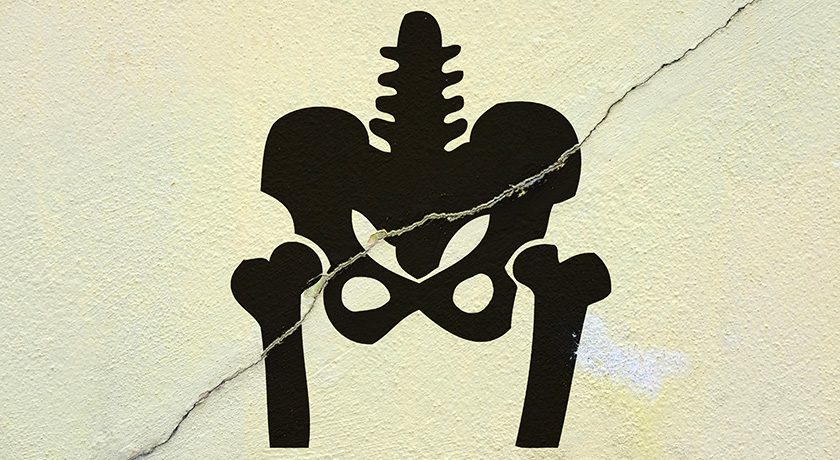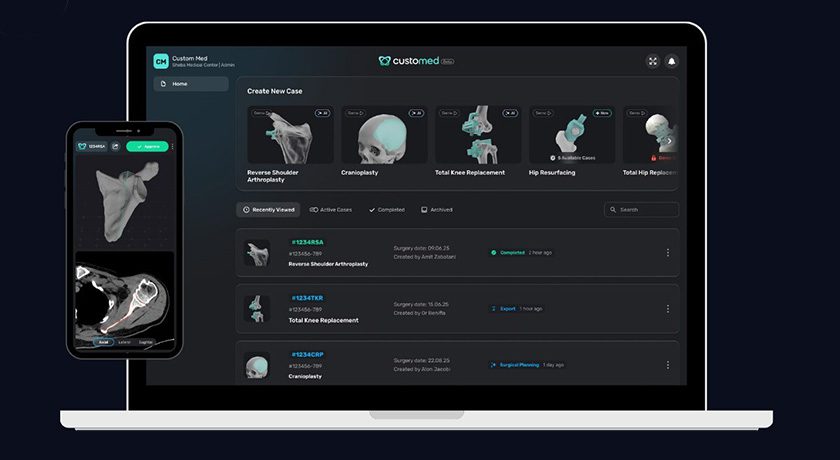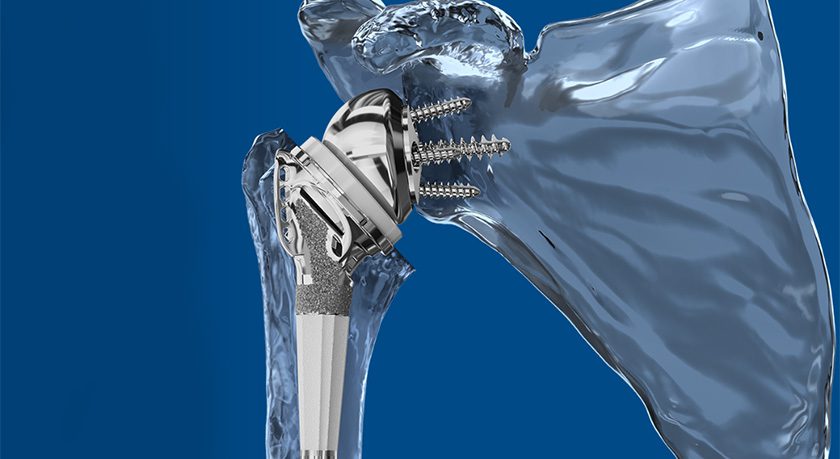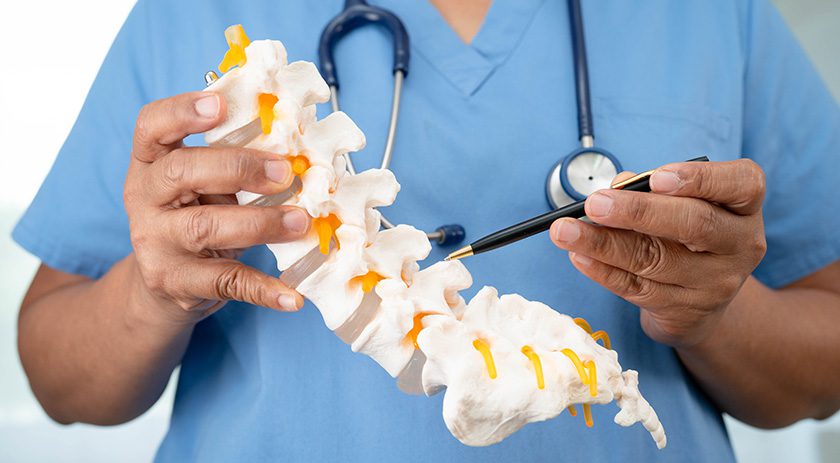

 Copy to clipboard
Copy to clipboard 
Trauma sales surpassed $9 billion in 2024, accounting for 15% of the $62 billion global orthopedic market. We project the segment will normalize toward its historical averages in the coming years, with $9.4 billion in sales in 2025 and $10.7 billion by 2028.
Below we look at the current state of the foot and ankle market, the growth of core trauma and how smaller players are leveraging niche subsegments.
Is the Last Gem Losing Its Luster?
Albert DacCosta, CEO of Paragon 28, once called foot and ankle the last gem in orthopedics. The segment is large—over $5 billion across its various subsegments—and boasts a high single digit growth rate. It is a relatively young segment with plenty of problems to solve.
“We need some really meaningful research,” said Mr. DaCosta. “We need a better understanding of the limitations of the procedures we’re doing and maybe even considerations we haven’t yet generated. We are committed to doing and publishing that research. If it can help a surgeon in developing a different perspective on something we thought we knew yesterday, we’re committed to doing that.”
Intense M&A interest in foot and ankle peaked around the pandemic and was followed by a few years of buoyant growth. However, foot and ankle volumes slowed in 2024 and have remained under pressure in 2025. But the slowdown is likely transient. Foot and ankle will remain one of the most attractive markets in orthopedics.
In fact, Zimmer Biomet doubled-down on foot and ankle in 2025 with its $1.2 billion acquisition of Paragon 28. The acquisition moves Zimmer Biomet closer to its goals of mid-single-digit growth and category leadership in foot and ankle.
Zimmer Biomet S.E.T and Hip Replacement Sales
The deal supercharged Zimmer Biomet’s S.E.T. segment (sports medicine, extremities and trauma), which is now larger than its hip franchise and growing faster than both its knee and hip franchises. At the end of 2023, the company said foot and ankle sales made up just 4% of its S.E.T. category, or around $70 million. The acquisition boosted Zimmer Biomet’s foot and ankle revenue to more than $320 million.
Core Trauma Rekindled
While foot and ankle got a lot of attention and hype, core trauma has been a steady performer during a period of intense market disruption. Given its less elective nature, it suffered only minor impacts during the pandemic. However, a wave of innovation in recent years has unlocked new growth potential for some companies.
Stryker’s bold move to acquire Wright Medical and its renewed focus on core trauma has the company on the cusp of becoming the largest player in the segment.
Top 4 Total Trauma Players
“Since acquiring Wright Medical in 2020, we’ve solidified our focus by dedicating an entire business around just core trauma,” said Tim Lanier, Stryker’s President, Trauma and Extremities Division. “It was a strategic move that allowed us to broaden our investments and enhance our capabilities, and in just four years, we’ve not only expanded our resources, but also developed specialized teams that are solely focused on core trauma.”
One of the components of Stryker’s success is the launch of the Pangea plating system, the largest trauma product launch in the company’s history. The system is designed with fit and simplicity in mind. “Everything you need and nothing you don’t,” as Stryker’s Vice President and General Manager of Trauma put it.
Innovation in core trauma, and orthopedics in general, goes beyond iterative implant improvements. As hospitals consolidate and evolve toward standardization and value-based care, administrative staff is placed under increasing pressure.
Stryker’s Alliance Trauma Value Program provides tools, data, and support to administrative customers to help them manage the massive number of SKUs in trauma while being more efficient.
Innovative products and support programs like these are a key factor in Stryker’s more than doubling its trauma business size since 2016.
Specialty Niches Gathering Steam
Small- and medium-sized trauma players have found subsegments where they can establish leadership positions.
OrthoPediatrics and Orthofix Trauma Sales
OrthoPediatrics is aggressively taking market share as the largest orthopedic players give pediatric care less focus. The company believes it could achieve more than 50% market share and a dominant position in the pediatric trauma and deformity market within the next five years.
Orthofix lacks eye-popping trauma growth over the last decade because of its heavy focus on Europe in that segment. However, more recently, the company has undergone a strategic shift to concentrate on U.S. trauma opportunities. Orthofix’s U.S. trauma business grew by 28% in the second quarter of 2025, marking the fourth consecutive quarter of double-digit growth.
“Our unique position as the only company in the U.S. offering a complete suite of internal and external limb reconstruction solutions is yielding substantial results,” said Orthofix CEO Massimo Calafiore. “This dedicated focus on limb reconstruction is expected to be a crucial growth engine for Orthofix for many years to come as we aim to become the global leader in this $1.7 billion market.”
The trauma market has abundant opportunities for companies of all sizes. We expect foot and ankle to rebound in the coming quarters, core trauma to remain a growth driver for top players and smaller companies to seek market leadership in niche subsegments.
Trauma sales surpassed $9 billion in 2024, accounting for 15% of the $62 billion global orthopedic market. We project the segment will normalize toward its historical averages in the coming years, with $9.4 billion in sales in 2025 and $10.7 billion by 2028.
Below we look at the current state of the foot and ankle market, the growth of core...
Trauma sales surpassed $9 billion in 2024, accounting for 15% of the $62 billion global orthopedic market. We project the segment will normalize toward its historical averages in the coming years, with $9.4 billion in sales in 2025 and $10.7 billion by 2028.
Below we look at the current state of the foot and ankle market, the growth of core trauma and how smaller players are leveraging niche subsegments.
Is the Last Gem Losing Its Luster?
Albert DacCosta, CEO of Paragon 28, once called foot and ankle the last gem in orthopedics. The segment is large—over $5 billion across its various subsegments—and boasts a high single digit growth rate. It is a relatively young segment with plenty of problems to solve.
“We need some really meaningful research,” said Mr. DaCosta. “We need a better understanding of the limitations of the procedures we’re doing and maybe even considerations we haven’t yet generated. We are committed to doing and publishing that research. If it can help a surgeon in developing a different perspective on something we thought we knew yesterday, we’re committed to doing that.”
Intense M&A interest in foot and ankle peaked around the pandemic and was followed by a few years of buoyant growth. However, foot and ankle volumes slowed in 2024 and have remained under pressure in 2025. But the slowdown is likely transient. Foot and ankle will remain one of the most attractive markets in orthopedics.
In fact, Zimmer Biomet doubled-down on foot and ankle in 2025 with its $1.2 billion acquisition of Paragon 28. The acquisition moves Zimmer Biomet closer to its goals of mid-single-digit growth and category leadership in foot and ankle.
Zimmer Biomet S.E.T and Hip Replacement Sales
The deal supercharged Zimmer Biomet’s S.E.T. segment (sports medicine, extremities and trauma), which is now larger than its hip franchise and growing faster than both its knee and hip franchises. At the end of 2023, the company said foot and ankle sales made up just 4% of its S.E.T. category, or around $70 million. The acquisition boosted Zimmer Biomet’s foot and ankle revenue to more than $320 million.
Core Trauma Rekindled
While foot and ankle got a lot of attention and hype, core trauma has been a steady performer during a period of intense market disruption. Given its less elective nature, it suffered only minor impacts during the pandemic. However, a wave of innovation in recent years has unlocked new growth potential for some companies.
Stryker’s bold move to acquire Wright Medical and its renewed focus on core trauma has the company on the cusp of becoming the largest player in the segment.
Top 4 Total Trauma Players
“Since acquiring Wright Medical in 2020, we’ve solidified our focus by dedicating an entire business around just core trauma,” said Tim Lanier, Stryker’s President, Trauma and Extremities Division. “It was a strategic move that allowed us to broaden our investments and enhance our capabilities, and in just four years, we’ve not only expanded our resources, but also developed specialized teams that are solely focused on core trauma.”
One of the components of Stryker’s success is the launch of the Pangea plating system, the largest trauma product launch in the company’s history. The system is designed with fit and simplicity in mind. “Everything you need and nothing you don’t,” as Stryker’s Vice President and General Manager of Trauma put it.
Innovation in core trauma, and orthopedics in general, goes beyond iterative implant improvements. As hospitals consolidate and evolve toward standardization and value-based care, administrative staff is placed under increasing pressure.
Stryker’s Alliance Trauma Value Program provides tools, data, and support to administrative customers to help them manage the massive number of SKUs in trauma while being more efficient.
Innovative products and support programs like these are a key factor in Stryker’s more than doubling its trauma business size since 2016.
Specialty Niches Gathering Steam
Small- and medium-sized trauma players have found subsegments where they can establish leadership positions.
OrthoPediatrics and Orthofix Trauma Sales
OrthoPediatrics is aggressively taking market share as the largest orthopedic players give pediatric care less focus. The company believes it could achieve more than 50% market share and a dominant position in the pediatric trauma and deformity market within the next five years.
Orthofix lacks eye-popping trauma growth over the last decade because of its heavy focus on Europe in that segment. However, more recently, the company has undergone a strategic shift to concentrate on U.S. trauma opportunities. Orthofix’s U.S. trauma business grew by 28% in the second quarter of 2025, marking the fourth consecutive quarter of double-digit growth.
“Our unique position as the only company in the U.S. offering a complete suite of internal and external limb reconstruction solutions is yielding substantial results,” said Orthofix CEO Massimo Calafiore. “This dedicated focus on limb reconstruction is expected to be a crucial growth engine for Orthofix for many years to come as we aim to become the global leader in this $1.7 billion market.”
The trauma market has abundant opportunities for companies of all sizes. We expect foot and ankle to rebound in the coming quarters, core trauma to remain a growth driver for top players and smaller companies to seek market leadership in niche subsegments.

You’ve reached your limit.
We’re glad you’re finding value in our content — and we’d love for you to keep going.
Subscribe now for unlimited access to orthopedic business intelligence.
ME
Mike Evers is a Senior Market Analyst and writer with over 15 years of experience in the medical industry, spanning cardiac rhythm management, ER coding and billing, and orthopedics. He joined ORTHOWORLD in 2018, where he provides market analysis and editorial coverage.







